Fortinet FCP_FAZ_AD-7.4 FCP - FortiAnalyzer 7.4 Administrator Exam Practice Test
FCP - FortiAnalyzer 7.4 Administrator Questions and Answers
Which statement regarding the FortiAnalyzer Fabric is true?
Which two parameters are used to calculate the Total Quota value available on FortiAnalyzer? (Choose two.)
What is the recommended method of expanding disk space on a FortiAnalyzer VM?
Which two settings must you configure on FortiAnalyzer to allow non-local administrators to authenticate to FortiAnalyzer with any user account in a single LDAP group? (Choose two.)
Refer to the exhibits.
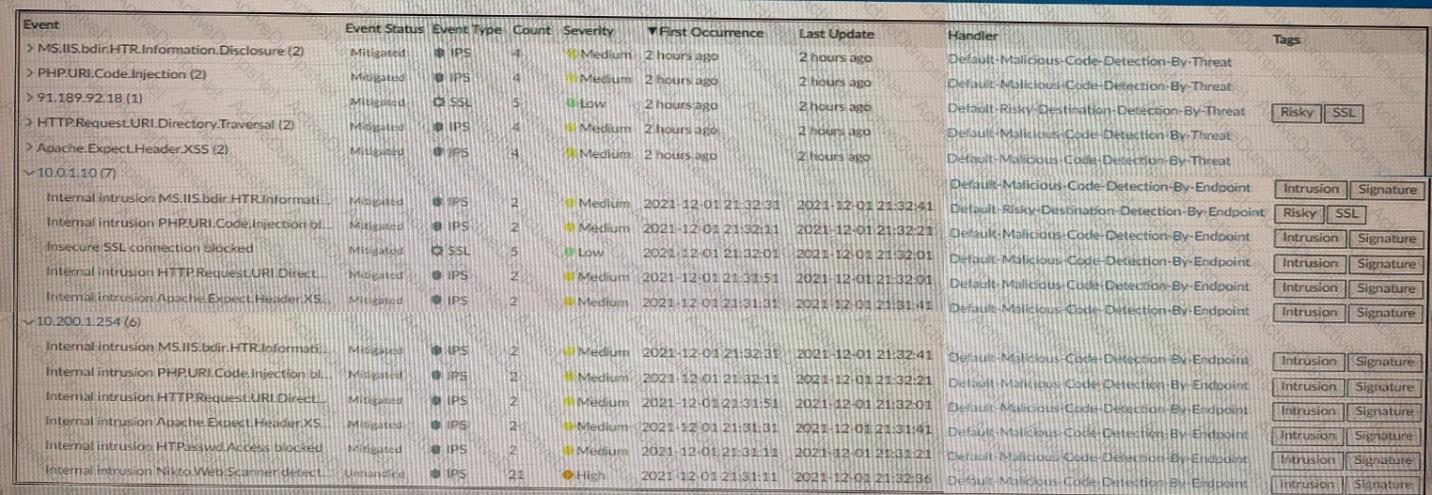

How many events will be added to the incident created after running this playbook?
You finished registering a FortiGate device. After traffic starts to flow through FortiGate, you notice that only some of the logs expected are being received on FortiAnalyzer.
What could be the reason for the logs not arriving on FortiAnalyzer?
Refer to the exhibit.
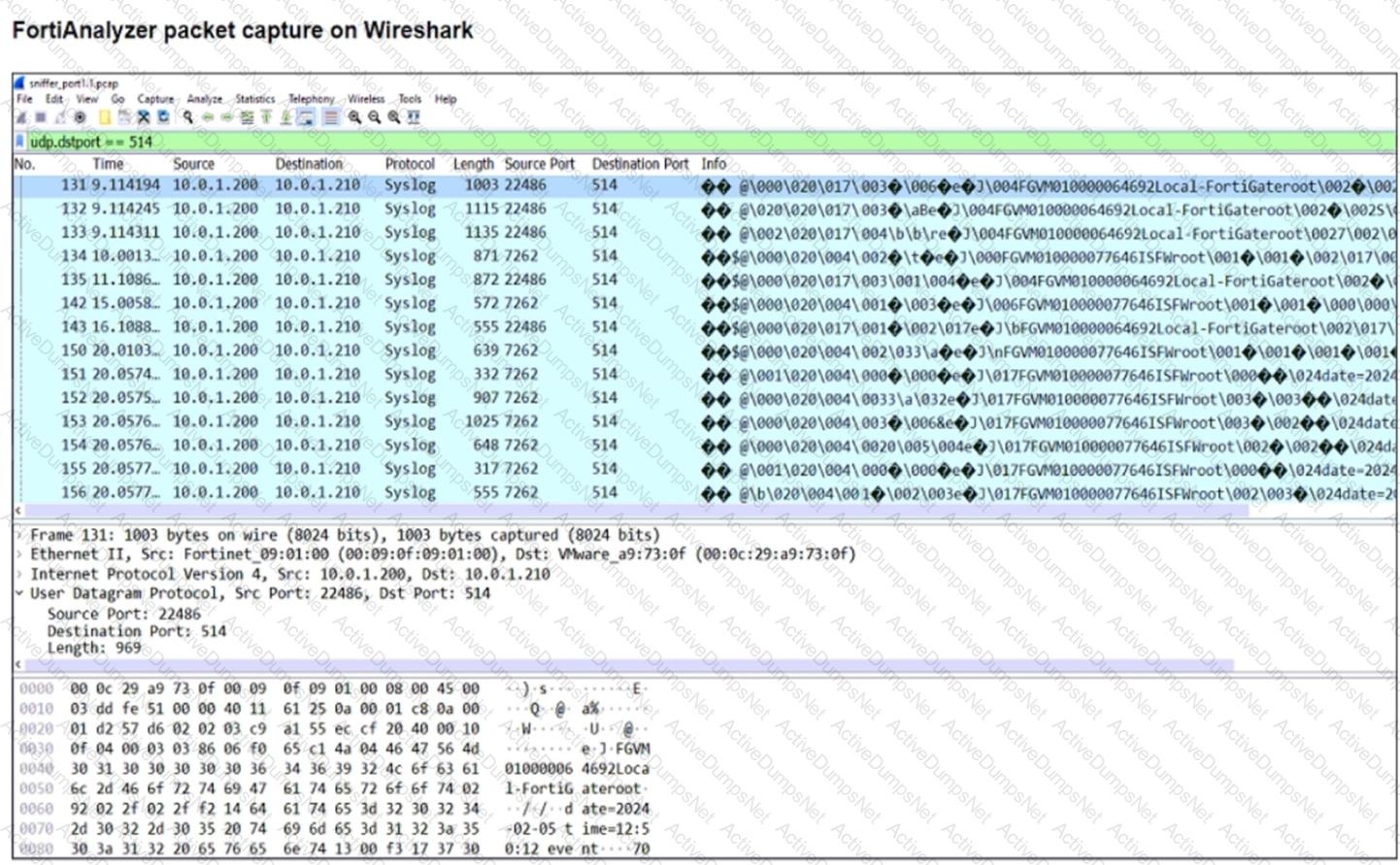
The capture displayed was taken on a FortiAnalyzer.
Why is a single IP address shown as the source for all logs received?
Which two statements are correct regarding the export and import of playbooks? (Choose two.)
Refer to the exhibit.
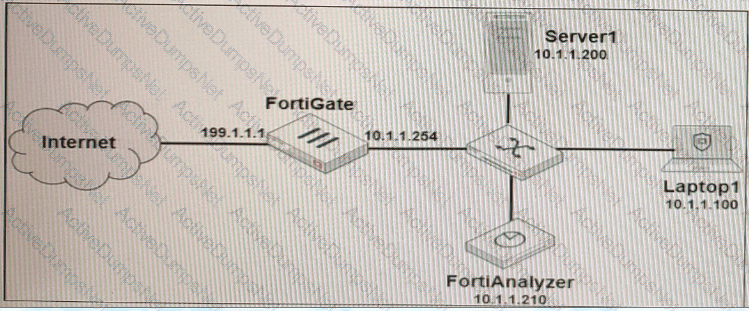
Laptopt is used by several administrators to manage FortiAnalyzer. You want to configure a generic text filter that matches all login attempts to the web interface generated by any user other than "admin" and coming from Laptop1:
Which filter will achieve the desired result?
View the exhibit.
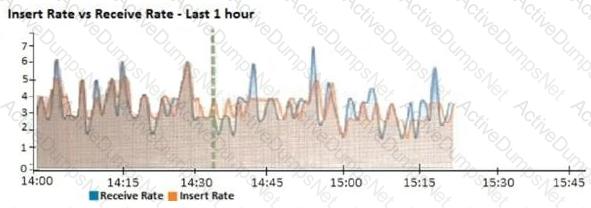
What does the data point at 14:35 tell you?
Which statement about the FortiSIEM management extension is correct?
Which process is responsible for enforcing the log file size?
Which log type does the FortiAnalyzer indicators of compromise feature use to identify infected hosts?
What are two advantages of setting up fabric ADOM? (Choose two.)
FortiAnalyzer reports are dropping analytical data from 15 days ago, even though the data policy setting for
analytics logs is 60 days.
What is the most likely problem?
What FortiView tool can you use to automatically build a dataset and chart based on a filtered search result?
You are trying to initiate an authorization request from FortiGate to FortiAnalyzer, but the Security Fabric window does not open when you click Authorize.
Which two reasons can cause this to happen? (Choose two.)
Which two statements are true regarding fabric connectors? (Choose two.)
What are analytics logs on FortiAnalyzer?
What happens when a log file saved on FortiAnalyzer disks reaches the size specified in the device log
settings?
Which two elements are contained in a system backup created on FortiAnalyzer? (Choose two.)
Refer to the exhibit.

What is the purpose of using the Chart Builder feature on FortiAnalyzer?
Which two actions should an administrator take to view Compromised Hosts on FortiAnalyzer? (Choose two.)
Refer to the exhibit.
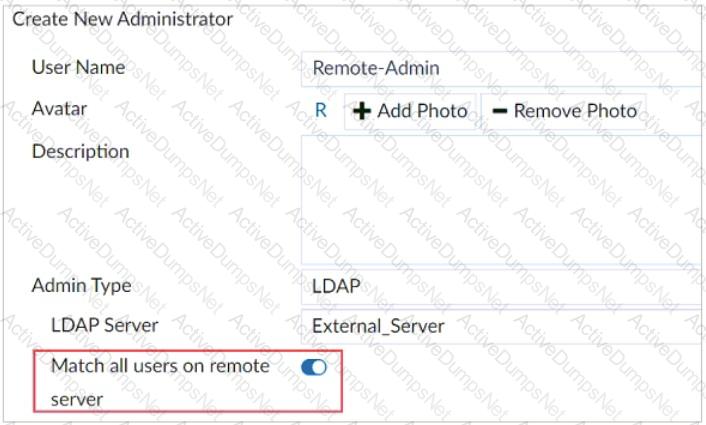
The exhibit shows the creation of a new administrator on FortiAnalyzer.
What are two effects of enabling the choice Match all users on remote server when configuring a new administrator? (Choose two.)
What is the purpose of trigger variables?
What is the purpose of the following CLI command?

Which statements are true of Administrative Domains (ADOMs) in FortiAnalyzer? (Choose two.)
An administrator has moved a registered logging device out of one ADOM and into a new ADOM.
What is the purpose of running the following command: execute sql-local rebuild-adom
Which two statements are true regarding the outbreak detection service? (Choose two.)
How are logs forwarded when FortiAnalyzer is using aggregation mode?
After you have moved a registered logging device out of one ADOM and into a new ADOM, what is the
purpose of running the following CLI command?
execute sql-local rebuild-adom
What can the CLI command # diagnose test application oftpd 3 help you to determine?
Which statement correctly describes the management extensions available on FortiAnalyzer?
How can you configure FortiAnalyzer to permit administrator logins from only specific locations?
Which two methods can you use to restrict administrative access on FortiAnalyzer? (Choose two.)
Which two methods can you use to send event notifications when an event occurs that matches a configured
event handler? (Choose two.)
Refer to the exhibit.
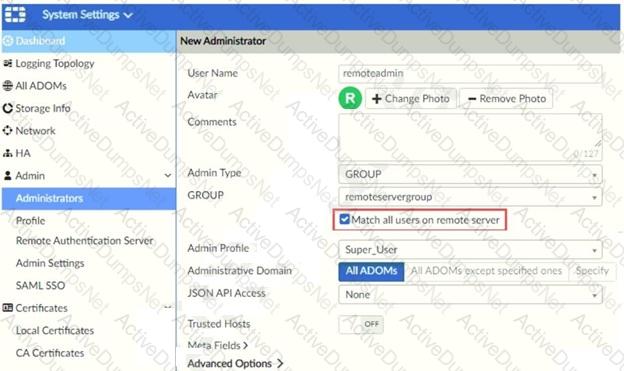
The exhibit shows “remoteservergroup” is an authentication server group with LDAP and RADIUS servers.
Which two statements express the significance of enabling “Match all users on remote server” when configuring a new administrator? (Choose two.)
Which two statements are true regarding FortiAnalyzer log forwarding? (Choose two.)
Which log will generate an event with the status Contained?
What must you configure on FortiAnalyzer to upload a FortiAnalyzer report to a supported external server?
(Choose two.)
The connection status of a new device on FortiAnalyzer is listed as Unauthorized.
What does that status mean?
Which statements are true regarding securing communications between FortiAnalyzer and FortiGate with SSL? (Choose two.)
What is the purpose of a predefined template on the FortiAnalyzer?
Refer to the exhibit.

What is the purpose of using the Chart Builder feature on FortiAnalyzer?
An administrator, fortinet, can view logs and perform device management tasks, such as adding and removing registered devices. However, administrator fortinet is not able to create a mail server that can be used to send alert emails.
What can be the problem?
Which tabs do not appear when FortiAnalyzer is operating in Collector mode?
What happens when the IOC breach detection engine on FortiAnalyzer finds web logs that match a blocklisted IP address?
Refer to the exhibit.
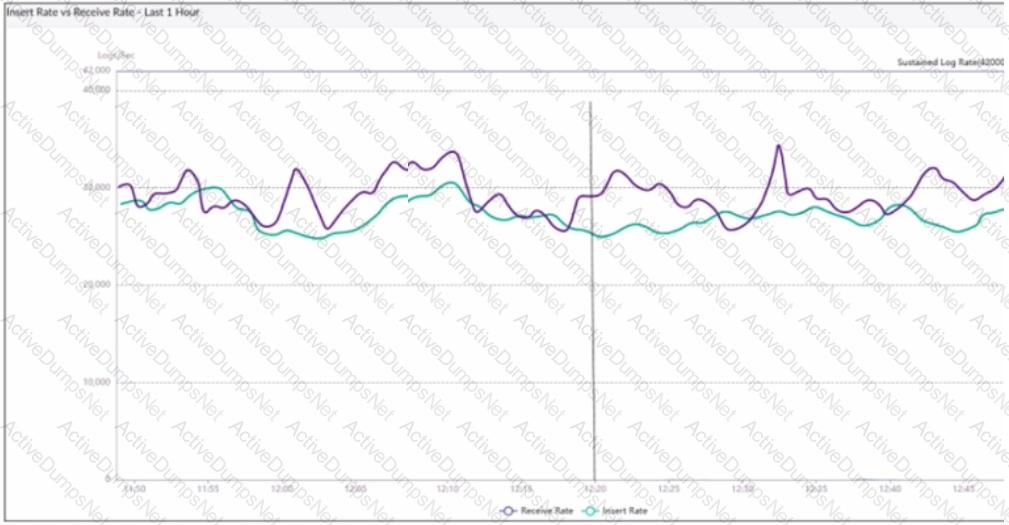
What does the data point at 12:20 indicate?
What must you consider when using log fetching? (Choose two.)
What are two of the key features of FortiAnalyzer? (Choose two.)
Which two statements about FortiAnalyzer operating modes are true? (Choose two.)
You crested a playbook on FortiAnalyzer that uses a FortiOS connector
When configuring the FortiGate side, which type of trigger must be used so that the actions in an automation stitch are available in the FortiOS connector?
A playbook contains five tasks in total. An administrator runs the playbook and four out of five tasks finish successfully, but one task fails. What will be the status of the playbook after it is run?
Which three RAID configurations provide fault tolerance on FortiAnalyzer? (Choose three.)

